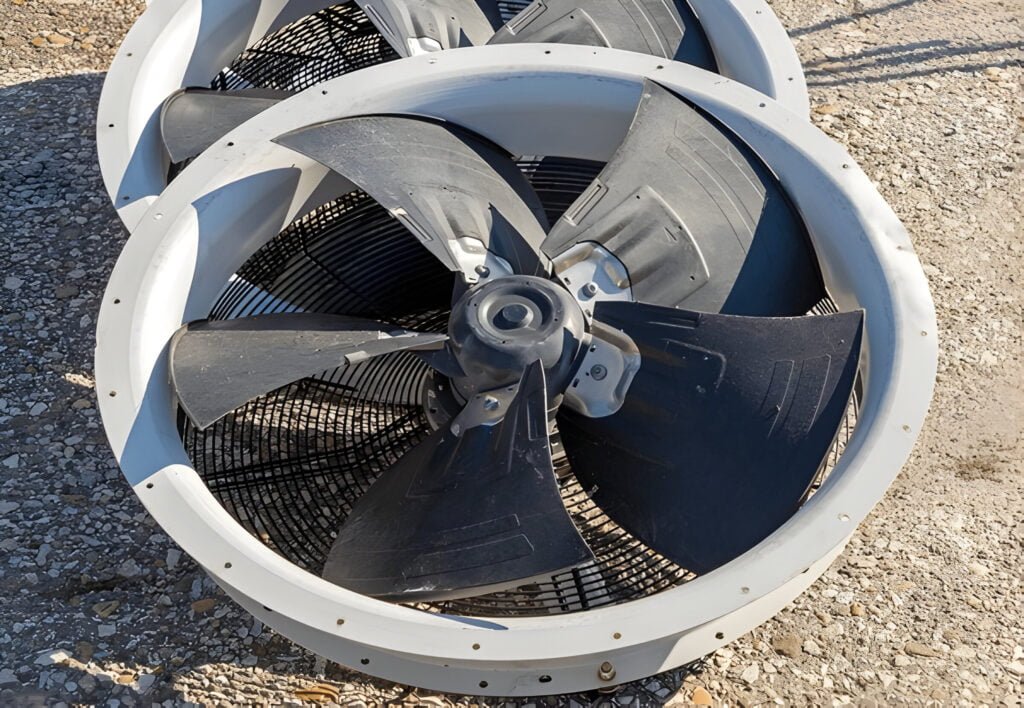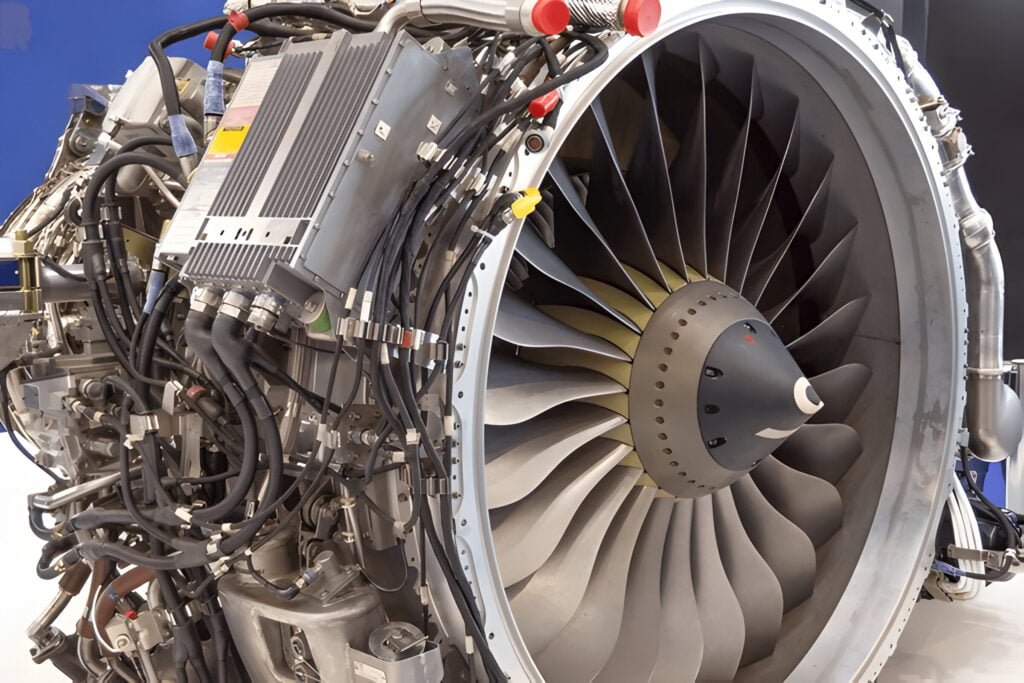What Are Axial Fans
Axial fans move air parallel to the fan blade axis. Used for general ventilation, cooling, and exhaust. Compact, efficient airflow in a straight line.
Read More
Axial fans and EC fans differ primarily in efficiency, performance, and cost. EC fans are up to 80% more efficient, offer precise speed control, and operate more quietly than axial fans. They also provide higher pressure capabilities and greater reliability.
Axial fans are simpler and cheaper initially but have limited speed control and struggle in high-pressure environments.

Axial fans consist of a central hub with blades extending outward. These angled blades create airflow parallel to the fan’s rotation axis. The spinning hub pushes air in a straight line, making axial fans suitable for high-volume, low-pressure airflow applications.
EC fans utilize Electronically Commutated brushless DC motors for air movement. They offer superior energy efficiency and precise speed control compared to traditional AC-powered fans.
Integrated electronic control systems enable variable speed operation in EC fans. This allows for exact speed adjustments, reducing energy consumption and noise levels. EC fans convert over 90% of input power into air movement.


EC fans achieve up to 80% higher efficiency than AC axial fans, reducing energy consumption and operating costs in HVAC systems.
EC fans use brushless DC motors with built-in electronic commutation, enabling precise speed regulation and optimal power consumption across various operating conditions. They maintain high efficiency at lower speeds, unlike AC axial fans that struggle in this range.
EC fans provide precise variable speed control through advanced electronics. Users can adjust airflow to meet specific requirements, with fans responding quickly to demand changes.
Axial fans have limited speed control options, often relying on simple on/off switches or basic multi-speed settings. Some axial fans use external speed controllers but lack the precision and responsiveness of EC fans.
EC centrifugal fans outperform axial fans in duct systems due to their higher static pressure generation. This characteristic makes them suitable for applications with substantial airflow resistance, enabling them to overcome pressure drops in complex ductwork, filters, and other system components.
Axial fans excel at moving large air volumes in open spaces but struggle in high-pressure environments. They have limited capacity to push air through restrictive pathways, leading to reduced performance and increased energy consumption in duct systems.
EC fans operate at lower speeds than axial fans, reducing noise generation. They achieve equivalent airflow at decreased RPMs, minimizing turbulence and sound output.
EC fan design eliminates the need for additional silencers or sound-attenuating devices. This inherent quietness simplifies installation and maintenance while further reducing overall noise levels. These fans maintain low noise levels even at high airflow rates, making them suitable for applications where sound pollution is a concern.
EC fans surpass axial fans in reliability, longevity, and maintenance requirements. EC fans typically last 80,000 to 100,000 hours, doubling the lifespan of traditional axial fans.
The brushless design of EC fans eliminates maintenance associated with axial fans’ brushes and commutators. This design prevents issues like worn-out brushes and carbon dust accumulation, which can cause motor failures in axial fans. EC fans also operate at lower temperatures, reducing component stress and enhancing reliability.
EC fans cost up to three times more than traditional axial fans initially. Long-term benefits often outweigh this expense. EC fans consume up to 70% less power than axial fans, resulting in substantial energy bill savings over time.
Axial fans can be retrofitted with EC motors to enhance performance. This upgrade improves efficiency, reduces energy consumption, and provides better speed control.
Axial fans excel in high-airflow, low-pressure applications. They are optimal for cooling large spaces, ventilation systems, and industrial processes. Axial fans are the preferred choice when rapid movement of large air volumes is required.